Are you wanting to take on a DIY project in your home? Not all plumbing repairs and maintenance tasks require the help of a professional. If you’re looking for an easy task, learning how to bleed heaters can be a great way to get your feet wet and gain some confidence doing basic plumbing work.
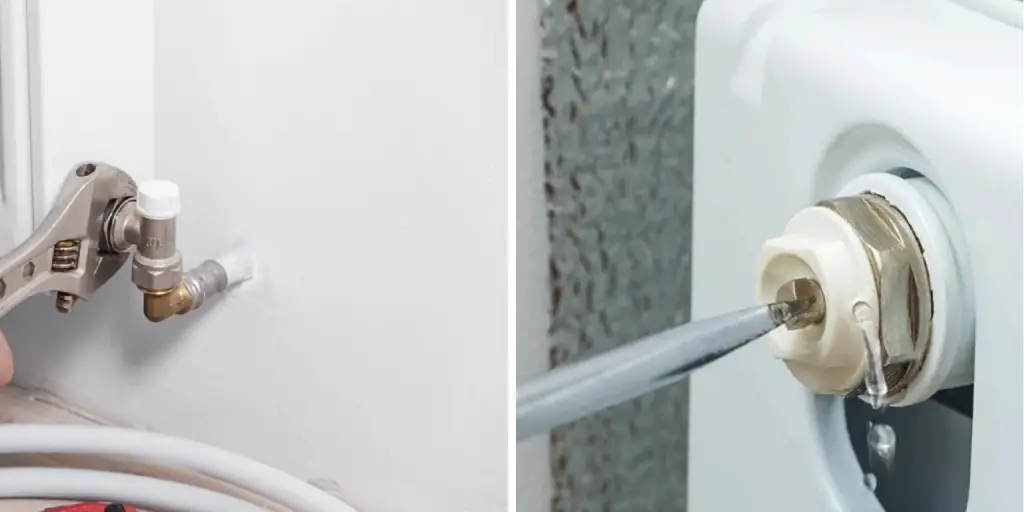
From simple air bleeds to bleeding radiators, we’ll go over all the steps necessary to ensure that your heater is properly bled so it runs optimally throughout the cold winter months! So let’s grab our tools and get started.
Supplies You Will Need to Bleed Heaters
- A radiator key or flat screwdriver
- A towel or cloth
- Gloves (optional)
- A bucket or container to collect any excess water
Step-by-step Guidelines on How to Bleed Heaters
Step 1: Turn off Your Heating System
Before starting any repairs, it’s important to turn off the heating system and allow your radiators to cool down. This will prevent any potential accidents and ensure that you can safely work on your heaters without getting burned. Turning off your heating system will also help to release any built-up pressure in the system.
Step 2: Find the Bleed Valve
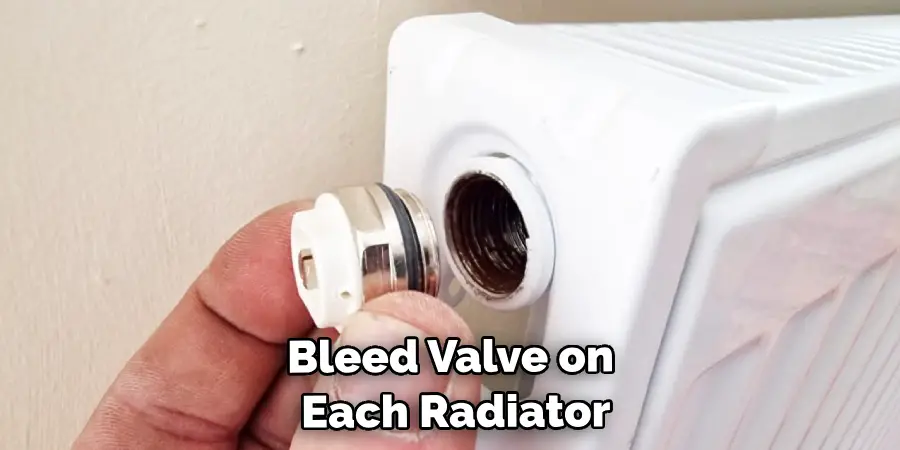
Once your heaters have cooled down, locate the bleed valve on each radiator. The bleed valve is typically located at the top of the radiator and can be identified by a small square-shaped nut. It’s important to note that different types of radiators may have different types of bleed valves, so make sure to do some research if you’re unsure.
Step 3: Prepare Your Tools
Using either a radiator key or a flat screwdriver, loosen the bleed valve by turning it anti-clockwise. You may want to place a cloth or towel underneath the valve to catch any excess water that may drip out. It’s also a good idea to wear gloves to protect your hands from any sharp edges or hot water. Preparing your tools beforehand will make the process smoother and more efficient.
Step 4: Release the Air
Once everything is set up, it’s time to release the air from your heaters. Slowly turn the bleed valve anti-clockwise until you hear a hissing sound. This means that the air is being released and you should start to see water coming out of the valve. If no air or water comes out, it could mean that your heating system needs to be re-pressurized.
Step 5: Tighten the Valve
Once all the air has been released and only water is coming out of the valve, tighten the bleed valve by turning it clockwise. It’s important not to over-tighten as this can damage the valve or cause a leak. Just make sure it’s tight enough to prevent any water from escaping. When you’re done, make sure to clean up any excess water from the valve and surrounding area.
Step 6: Repeat for Each Radiator
Repeat this process for each radiator in your home. It’s important to bleed all the radiators, even if they don’t feel cold, as there may still be trapped air inside. This will ensure that your heating system is running efficiently and effectively. Make sure to turn your heating system back on after you’ve bled all the radiators.
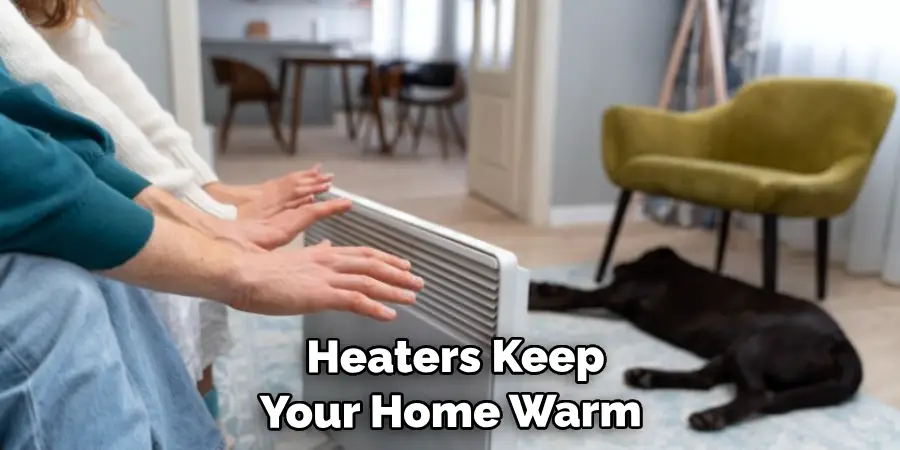
Following these steps will help you properly bleed your heaters and keep your home warm and comfortable during the colder months. As a general maintenance task, it’s recommended to bleed your heaters at least once a year. However, if you notice any issues with your heating system or radiators, it’s always best to consult a professional plumber for assistance. Happy DIY-ing!
Additional Tips and Tricks to Bleed Heaters
1. If you have an older heating system, it is recommended to bleed your heaters at least once a year. This will ensure that any air pockets in the system are released and your radiators are working efficiently.
2. When bleeding heaters, always start with the lowest level radiator in your home and work your way up to the highest one. This allows for any trapped air to be pushed upwards through the system.
3. If you notice that your radiators are not heating up evenly, it may be a sign that air is trapped in the system. Bleeding them can help to solve this issue and ensure consistent heating throughout your home.
4. It is important to have a radiator key on hand when attempting to bleed heaters. This small tool is specifically designed for bleeding radiators and can easily be purchased at most hardware stores.
5. If you have a combi boiler, it is recommended to turn off the heating system before bleeding your radiators. This will prevent excessive pressure in the system and make the process easier.
6. Remember to place a towel or container underneath the radiator valve when bleeding to catch any water that may drip out.
7. It is common for some air to escape when bleeding heaters, so make sure to have a cloth or towel ready to clean up any spills or drips.
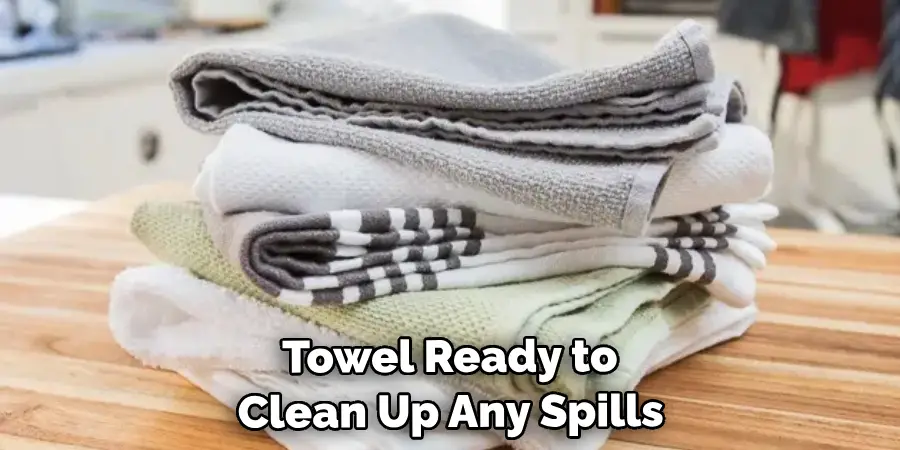
8. Be careful not to over-bleed your radiators as this can lead to water leaking out and potentially damaging your flooring or walls. Once water starts coming out consistently, it’s time to close the valve.
9. If you are unsure if your radiators need bleeding, you can use a radiator key to slightly open the valve and listen for any hissing sounds. This indicates trapped air and confirms that bleeding is necessary.
10. After bleeding your heaters, it is recommended to check the pressure gauge on your boiler to ensure it hasn’t dropped too low. If necessary, you can top up the pressure to maintain efficient heating.
Following these tips and tricks can help you successfully bleed your heaters and keep them working at their best. Remember to always be cautious and turn off the heating system before attempting to bleed radiators. If you encounter any issues or are unsure about the process, it is best to consult a professional for assistance. Regularly bleeding your heaters will not only improve their performance but also save you money in the long run by reducing energy consumption. Stay warm and cozy with a well-maintained heating system!
Precautions Need to Be Followed for Bleeding Heaters
1. First and foremost, it is important to read the manufacturer’s instructions carefully before attempting to bleed your heater. Each heater may have different procedures and precautions that need to be followed.
2. Make sure the heater is turned off and completely cooled down before attempting to bleed it. This will prevent any potential accidents or burns.
3. Always use protective gear such as gloves and safety glasses when handling the heater. This will protect your hands and eyes from any potential hot or sharp parts.
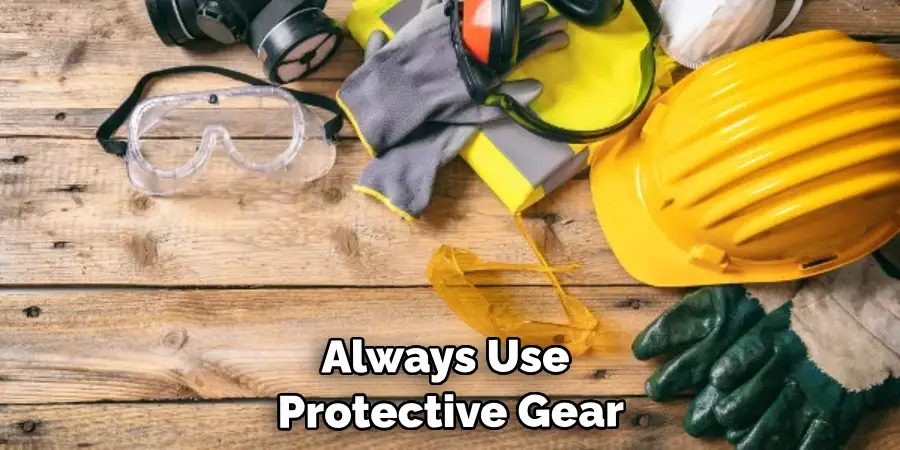
4. Keep a fire extinguisher nearby in case of any accidents or emergencies.
5. Do not attempt to bleed a heater if you are uncertain about the procedure or do not feel comfortable doing so. It is always better to seek professional help in such situations.
6. If there is any gas or fuel leakage, do not attempt to bleed the heater. Turn off the supply and contact a professional immediately.
7. When bleeding the heater, make sure there is proper ventilation in the room to avoid any potential build-up of gases.
8. Do not touch any electrical components while bleeding the heater as this can be dangerous.
Following these precautions will ensure a safe and successful bleeding process for your heater. Always remember to prioritize safety and if in doubt, seek professional help. Now let’s move on to the actual steps of bleeding a heater.
Frequently Asked Questions
What is the Purpose of Bleeding a Heater?
Bleeding a heater refers to the process of releasing trapped air from the heating system. Air bubbles can build up over time and cause blockages, preventing hot water from circulating properly. This can result in uneven heat distribution and inefficient heating, leading to increased energy costs.
When Should I Bleed My Heater?
It is recommended to bleed your heater at least once a year before the heating season begins. However, if you notice cold spots on your radiators or strange noises coming from your system, it may be necessary to bleed more frequently.
How Do I Know If My Heater Needs Bleeding?
One of the main indicators that your heater needs bleeding is when some of the radiators in your home are not getting hot. This can be caused by air trapped in the system, as it prevents hot water from circulating properly. Other signs include strange noises coming from your heating system and an increase in your energy bill.
Can I Bleed My Heater?
Yes, you can bleed your heater with the proper tools and knowledge. However, it is important to note that bleeding a heater involves working with hot water and can be dangerous if not done correctly. It is recommended to hire a professional for this task if you are unsure of how to do it or have any concerns.
Conclusion
Now you know how to bleed heaters and the importance of this maintenance task. Remember to bleed your heater at least once a year to ensure efficient heating and energy savings.
If you notice any issues with your heating system, it may be necessary to bleed more frequently. Stay warm and safe! So, if you have never bled your heater before, it might be time to give it a try! And if you have any questions or concerns, don’t hesitate to contact a professional for assistance. By properly bleeding your heater, you can ensure efficient heating and save yourself from potential damages and high energy bills. Keep your home warm and cozy during the cold months by regularly maintaining your heating system.

